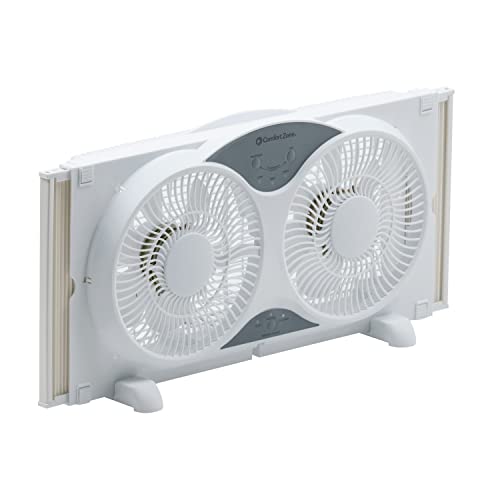The kitchen can be a fun, creative place in your home. In many homes, it's where family and guests like to gather. You'll want to learn how to keep this important space comfortable. You may be wondering how you can cool down a hot kitchen. We have thoroughly researched this question and have some answers.
Though it may be easier to keep your kitchen from becoming too hot than to cool down once it's already too warm, there are some things you can try to lower the temperature in your kitchen once the space has become uncomfortable.
- Use fans to circulate air
- Close AC vents in nearby rooms
- Turn off the lights and use blackout curtains
- Use an extra AC unit
A hot kitchen can be inconvenient, especially if you still have some cooking to do. We'll break down each of these ways to cool down your kitchen. Keep reading as we discuss how you can get the air circulating and the best ways to keep your kitchen from getting too hot.
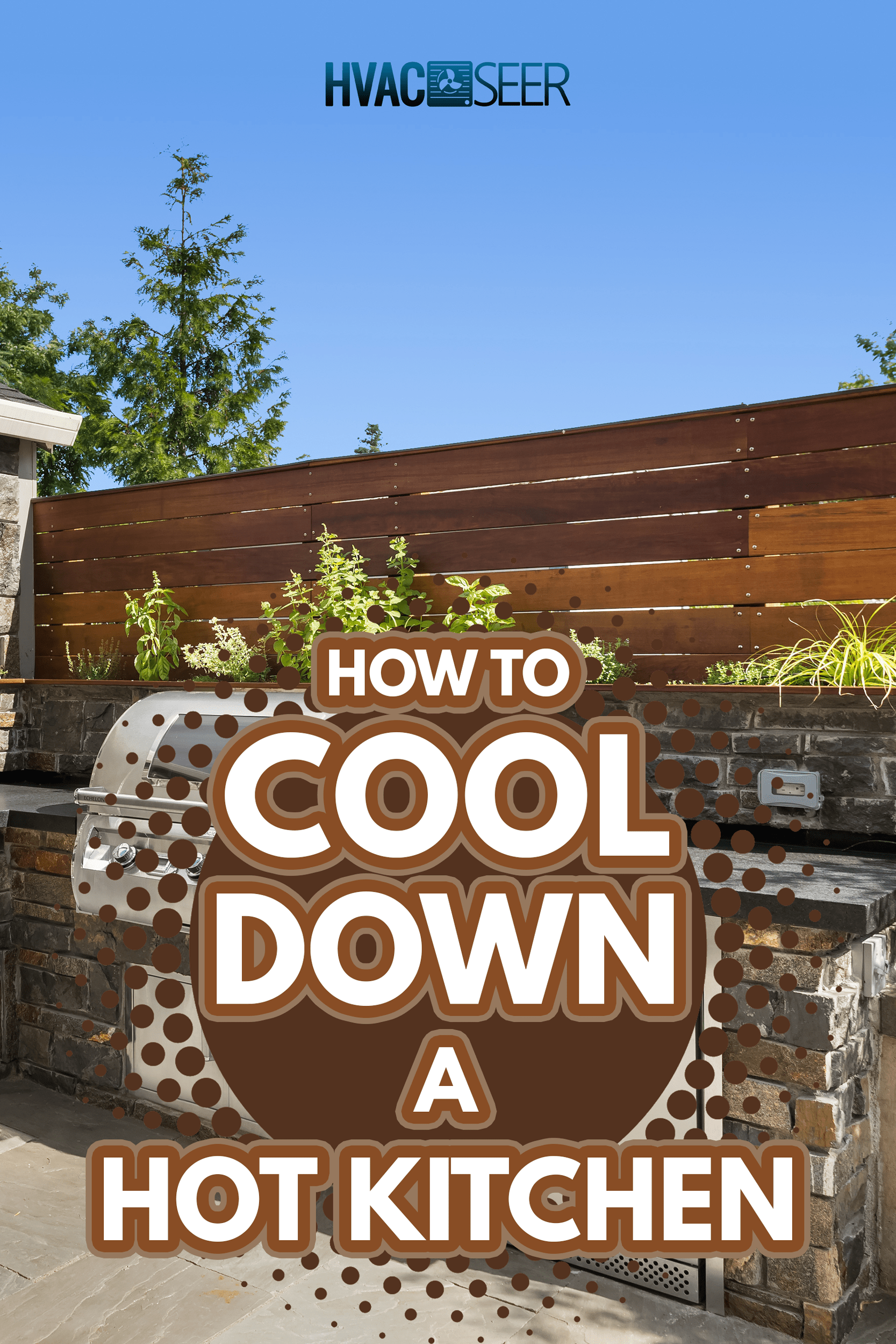
How Do You Keep A Hot Kitchen Cool?
The best way to cool down a hot kitchen is not to let it overheat, to begin with. Once your kitchen becomes too hot, you'll most likely spend a lot more energy trying to cool it down than you would if you set it up to maintain cooler temperatures.
Meal Prep During Cooler Hours
If you know that you'll be preparing a larger meal or you typically enjoy cooking your meals at home, consider doing most or all of that cooking in the early morning or late night hours. Prepare meals that can be later warmed up in the microwave or served cold.
Items like pasta, chicken, or potato salad could be cooked, prepared, and chilled beforehand. Dishes such as lasagna are great warmed up. Some home chefs will cook items for a buffet or bar-style dinner early on. Items for a sandwich bar or taco bar style dinner can be cooked in advance and served cold or require little to no time to warm up.
Set Up A Summer Kitchen

If you live in a warmer climate with a longer, hotter summer, you may want to invest in an outdoor summer kitchen. Possibilities for this type of kitchen are endless, with some as simple as a tent, a grill, and a table to a more elaborate, permanent kitchen complete with an open-air dining area and outdoor oven.
Use Low Heat Appliances
Another way to keep your kitchen cooler is to cook meals in lower heat appliances. Electric pressure cookers, microwaves, and air fryers are all low heat-generating appliances to quickly cook food.
Lower cooking times reduce the amount of heat that enters your kitchen. These items also transmit very little heat while cooking and won't raise the temperature in the kitchen.
This Ninja Foodi grill can steam or air-fry quickly in addition to its grill function and will generate minimal external heat.
Click here to see this versatile indoor grill on Amazon.
This Instant Pot pressure cooker is popular for its convenience. It cooks everything from soup to potatoes quickly so that your kitchen won't heat up like it would if you had to turn on your stove.
Click here to see this electric pressure cooker on Amazon.
Close AC Vents In Nearby Rooms
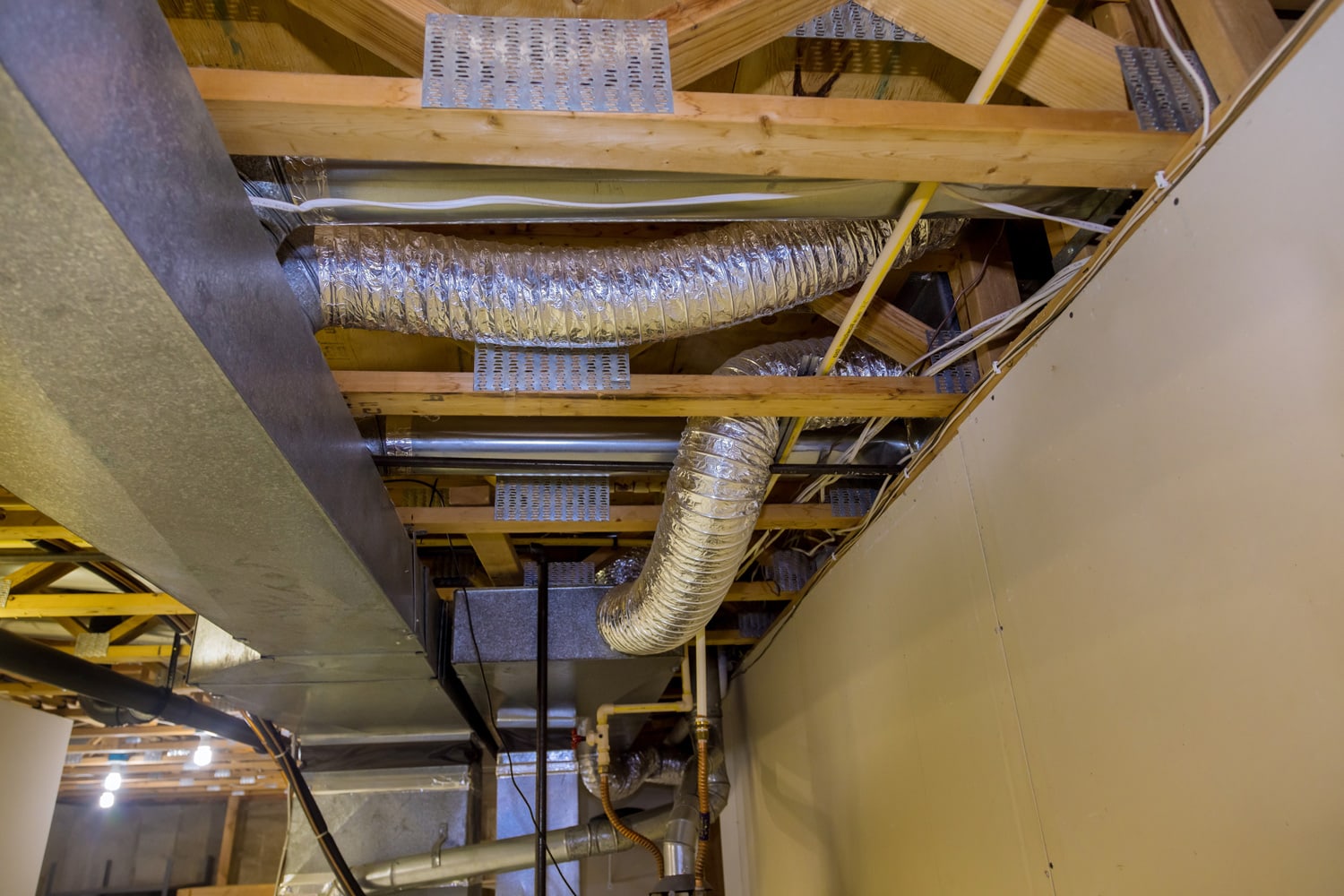
Sometimes despite your best efforts, your kitchen has already heated up. The fastest way to get it to cool down is to redirect the cooler air. If you have a central air system, try closing the vents halfway or all the way in the rooms surrounding the kitchen. This will force the air to the part of the house that it's needed.
You may want to set a timer or reminder for one to three hours. You'll want to open the vents again once your kitchen has cooled so that your other rooms don't become uncomfortable.
Turn Off The Lights And Use Blackout Curtains
If you have a kitchen with good overhead lighting, this can add a lot of heat. If you have completed your cooking or can get by without the light, consider reducing or eliminating any lighting until your kitchen cools off.
Your kitchen may have big windows or patio windows. The sun hitting these windows can heat your kitchen quickly even if it's not hot outside or you aren't cooking. Thermal blackout curtains are a good choice for reducing the heat in your kitchen.
These blackout curtains are double lined and will block heat and UV rays. They help stay cool during the warmer months and warmer during cooler times and may reduce your energy costs.
Click here to see an example of thermal blackout curtains on Amazon.
Use An Extra AC unit
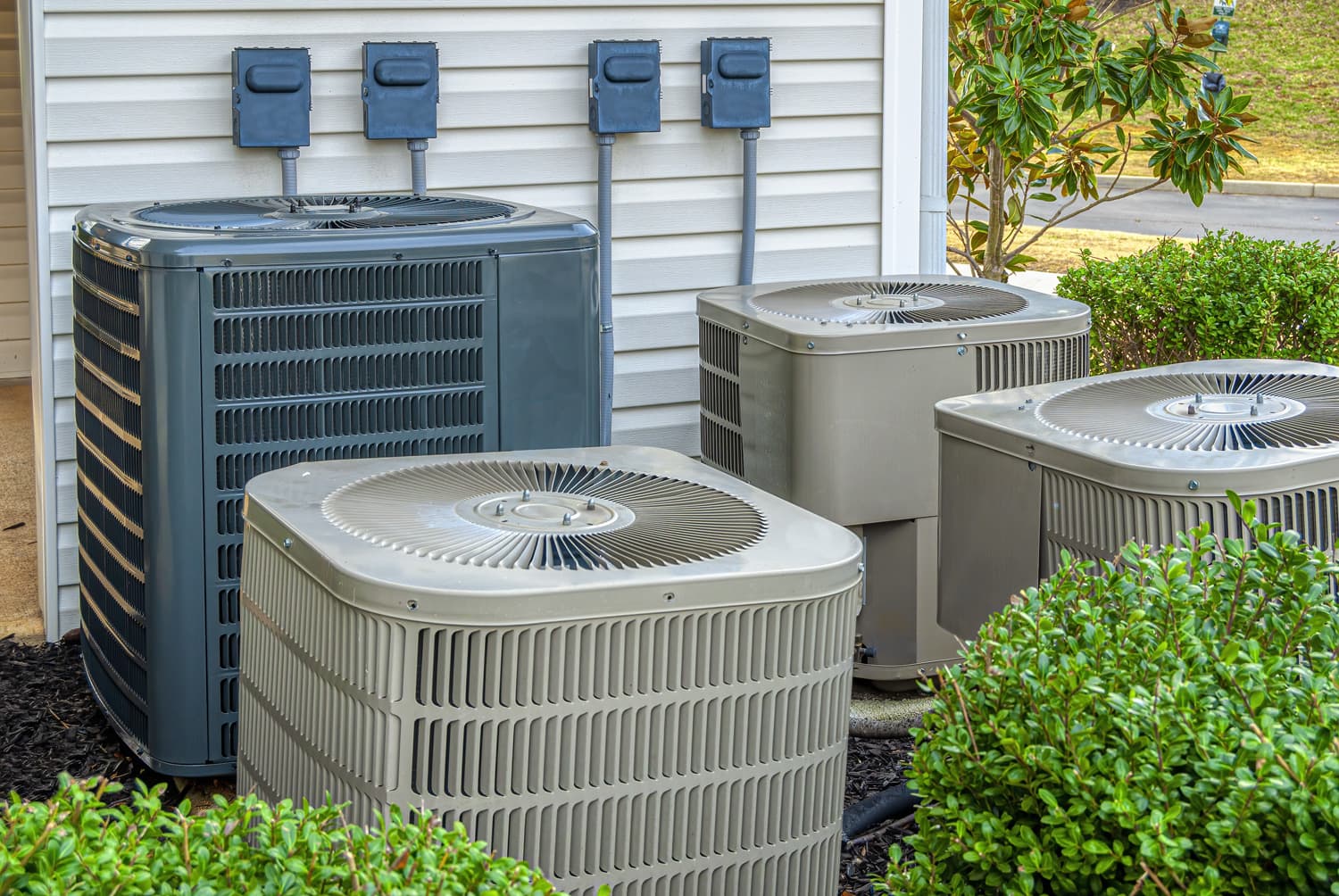
Suppose you have a larger or older home and don't have proper air conditioning in your kitchen. In that case, there are personal units available that you can set up in your kitchen on an as-needed basis for cooking or entertaining. For more about portable air conditioners, read our article, "How Long Does A Portable Air Conditioner Take To Cool A Room?"
This unit can be used in any room in the house. In addition to quickly cooling down a room, it can also dehumidify it. The wheels make it an excellent choice for the kitchen since it can be easily moved and positioned.
Click here to see this mobile air conditioner on Amazon.
Is It OK To Put AC In The Kitchen?
Putting an AC unit in the kitchen is generally acceptable, but some factors should be considered when placing the AC unit and deciding which size or kind to use.
You'll want to place your unit away from any gas stove. An air conditioner unit blowing right on your gas stove will lower the efficiency and spend more energy. The pilot light could be exposed in some older stoves, and a unit with a strong output could blow out the light.
Your unit should be located away from any over the stove ventilation systems. The cooler air could be cycled out before it can cool the area raising your energy costs and lowering the efficiency of the unit. Get the smallest unit needed and make sure it's on its own breaker to avoid blowing fuses.
Use Fans To Circulate Air
Borrow an idea from the restaurant industry and set up fans to increase the comfort of your kitchen. For best results, use floor fans that can be angled down to circulate air closer to the ground. Since cold air will already be lower in your kitchen oscillating, these fans will push the air up and around.
Click here to see an example of a pedestal floor fan on Amazon.
How Do I Circulate The Air In My Kitchen?
If the outside air is the same temperature or cooler than inside your kitchen, circulate the air by forcing a cross breeze. If you have two screened windows in your kitchen set in opposite walls, set up one fan in front of the first window with the back of the fan to the room to pull air.
In the window across the room, set up the second fan. This fan should be blowing into the room from the outside in the direction of the first fan. Box fans are inexpensive and work great for this setup.
Click here to see an example of a box fan on Amazon.
If it's too hot outside, but you have a cooler room that opens into the kitchen, you can set up a fan in the adjoining doorway or hallway blowing into your kitchen to pull cooler air in. For more circulation, open a window for a second fan to pull hot air out.
Is It Safe To Use A Fan In The Kitchen?
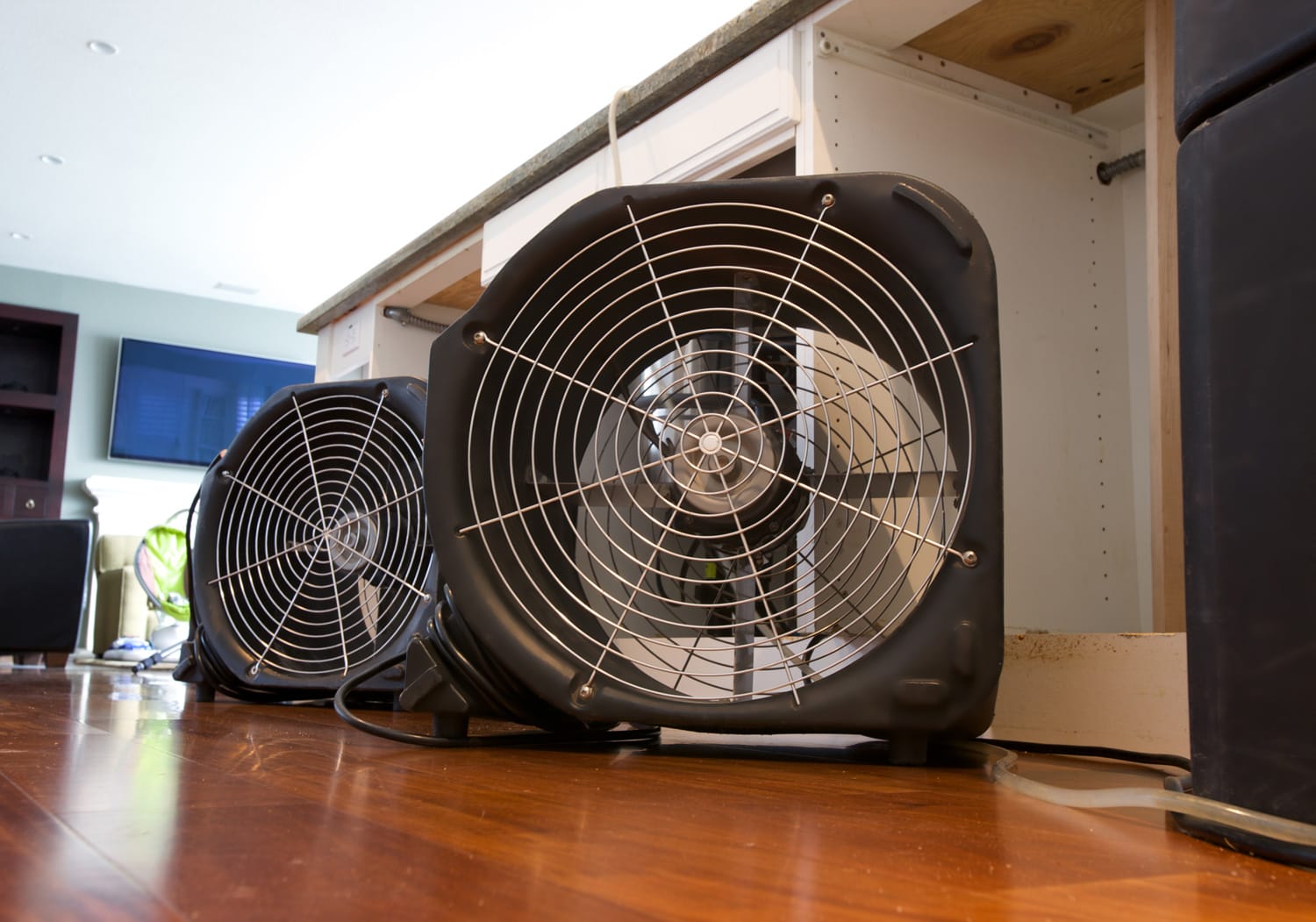
It is generally safe to use fans in the kitchen. Follow these best practices for safety. Keep the fan away from high heat appliances like stoves and ovens since most fans are not built to be in contact with high heat and can burn or melt. The fan and its cord and plug should be located away from water.
What Type Of Fan Is Suitable For The Kitchen?
The type of fan you'll want for the kitchen will depend on how you will use it and where you will put it. For placement in larger windows, you can use a simple box fan. For circulating air around the kitchen, use an oscillating fan. If you only have small over-the-sink kitchen windows, you can get window fans to fit that area.
Click here to see a fan for a kitchen window on Amazon.
Final Thoughts
Now that you know how to cool down your kitchen or, better yet, how to keep it from getting too warm in the first place, explore your options! Using the right materials and appliances will not only save you on energy costs but will provide you with a comfortable kitchen year-round.
You may also be interested in the following.







